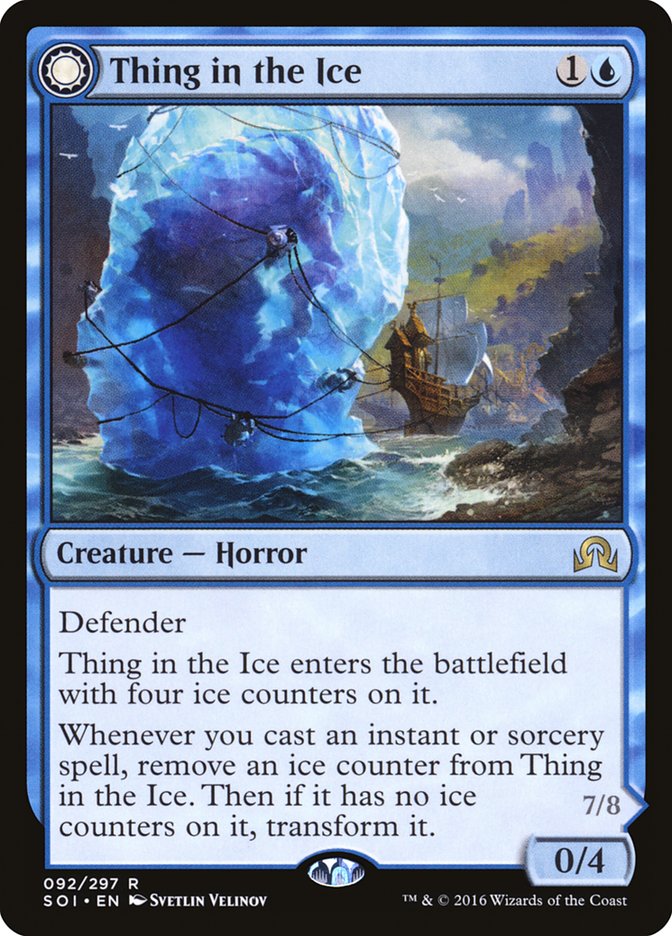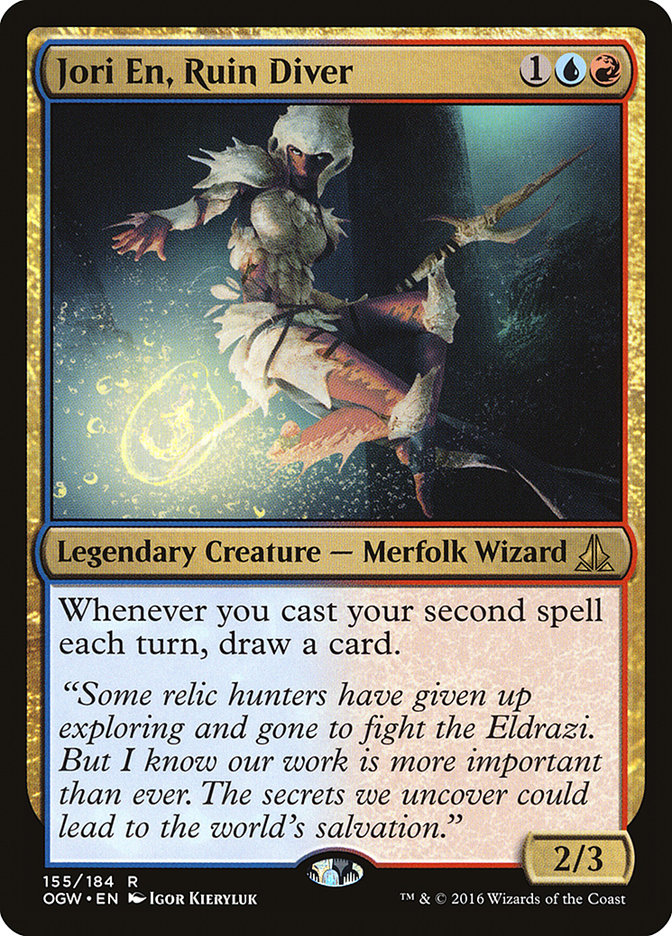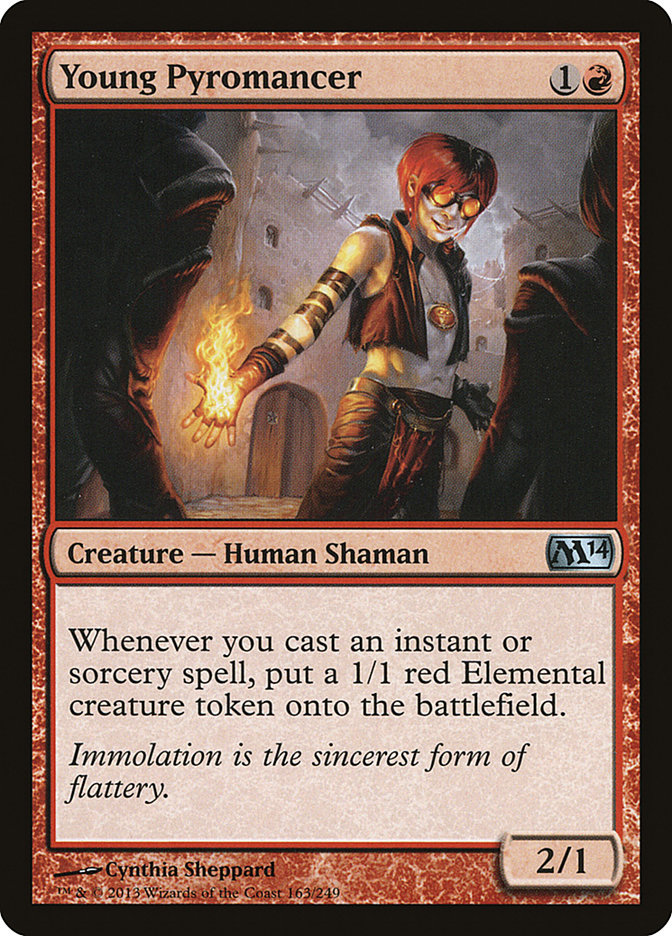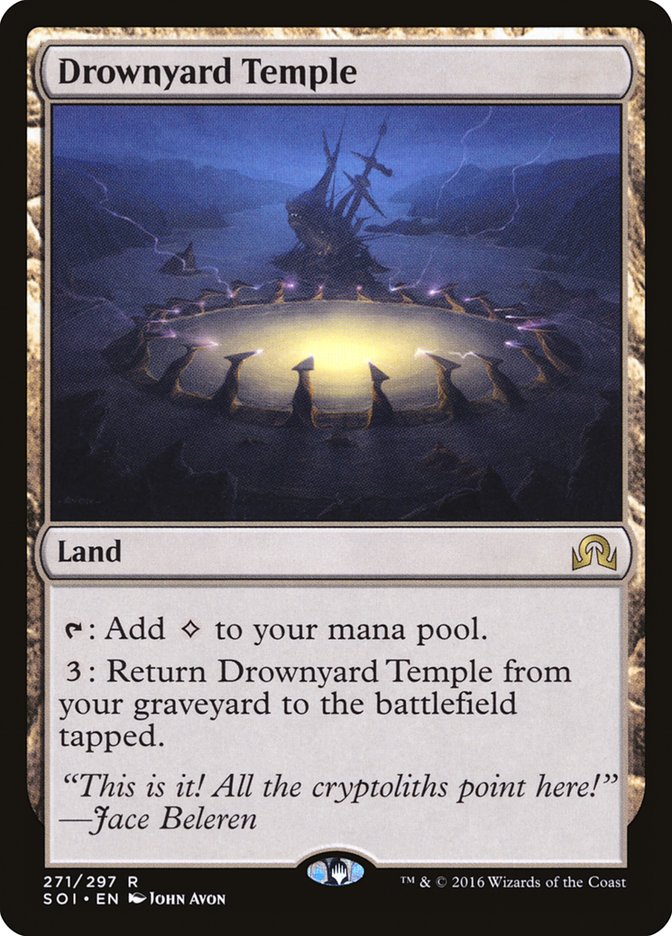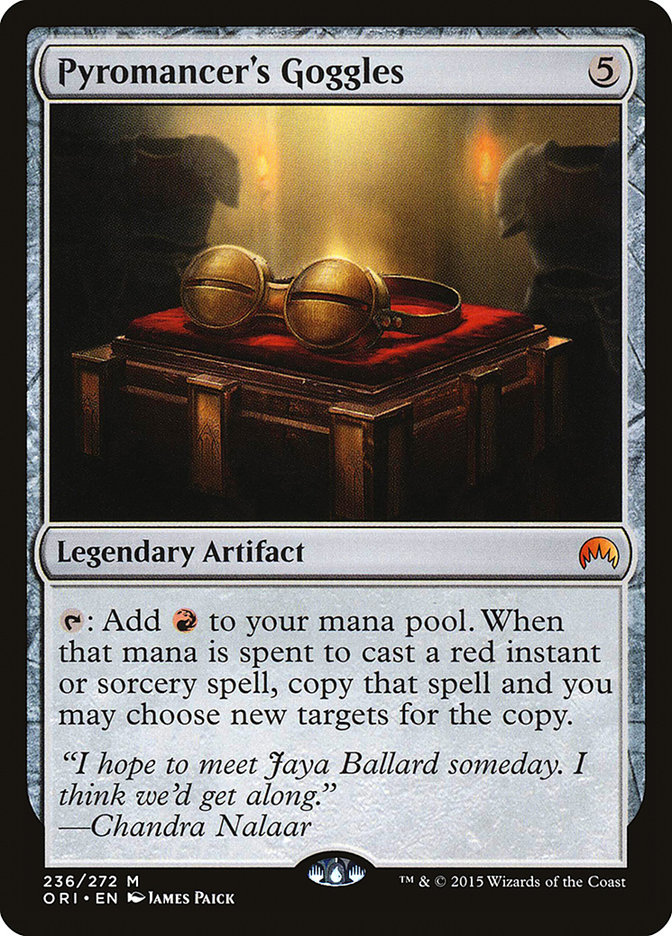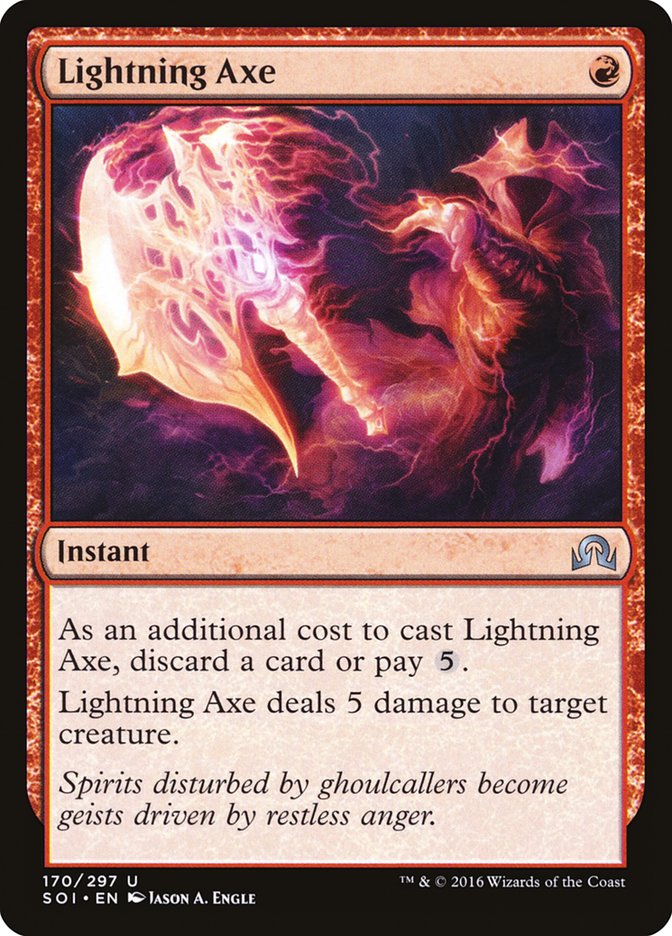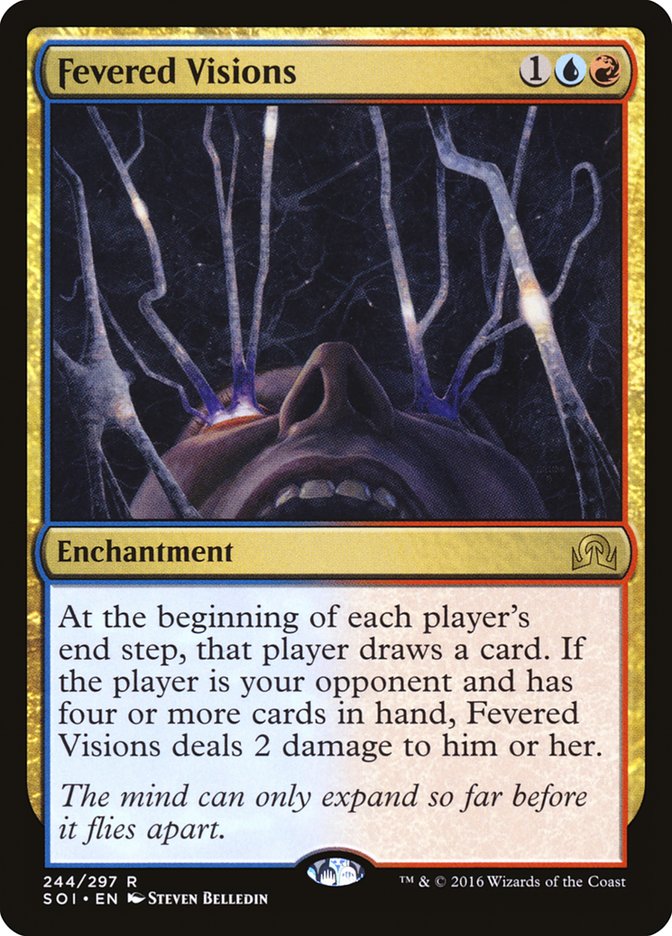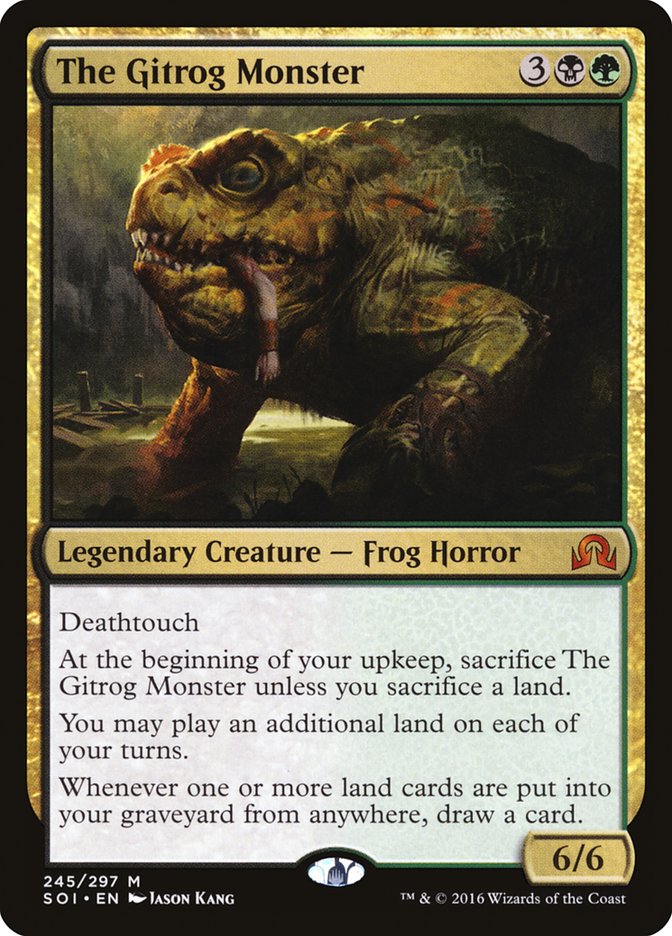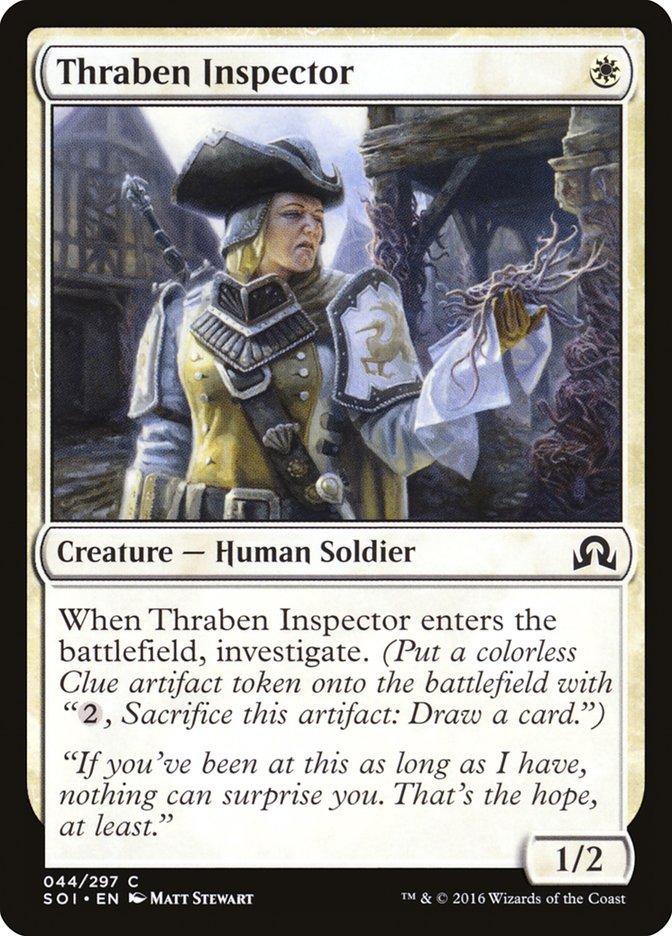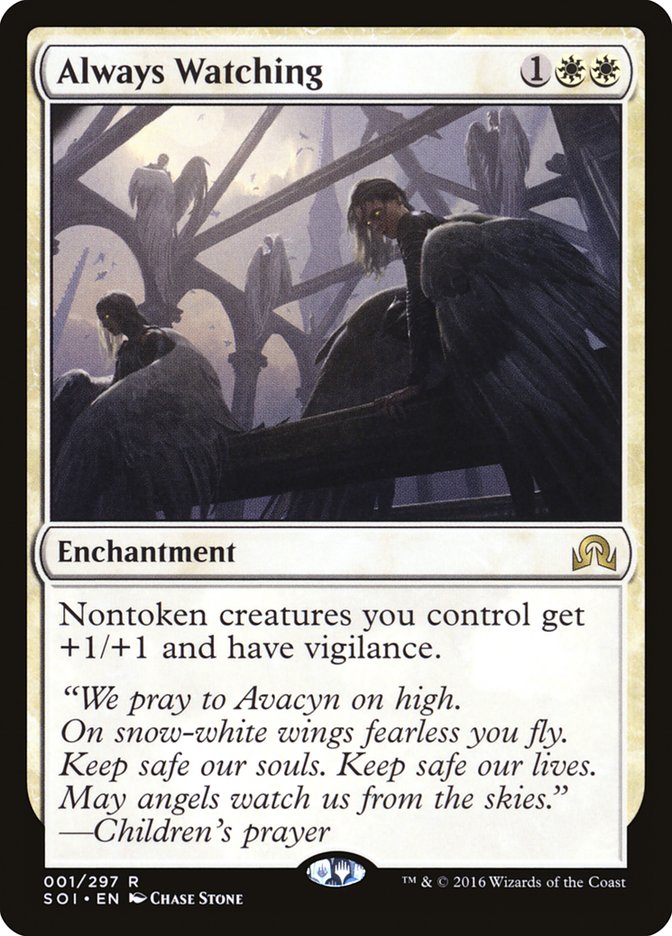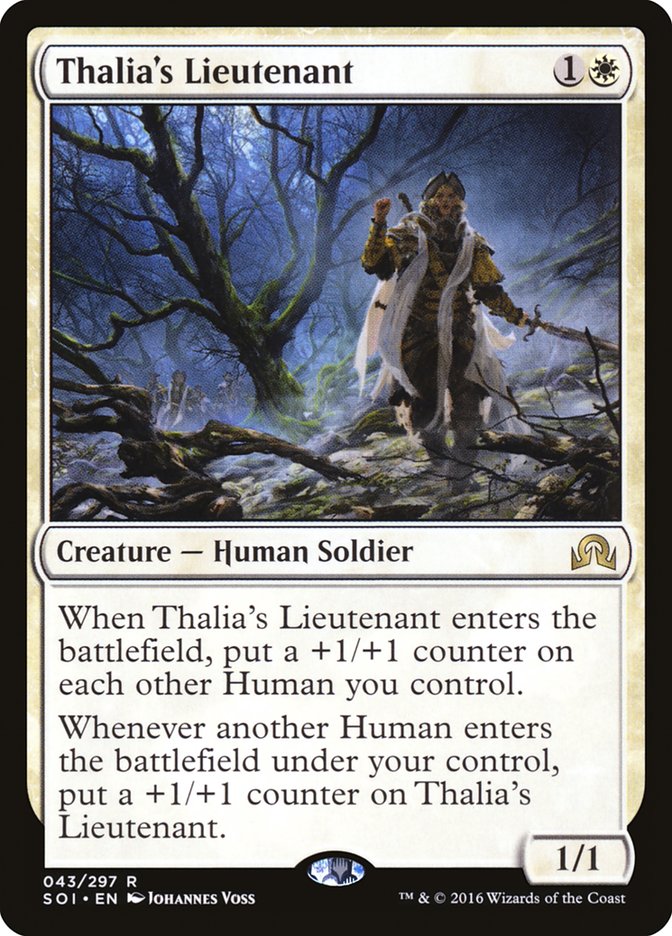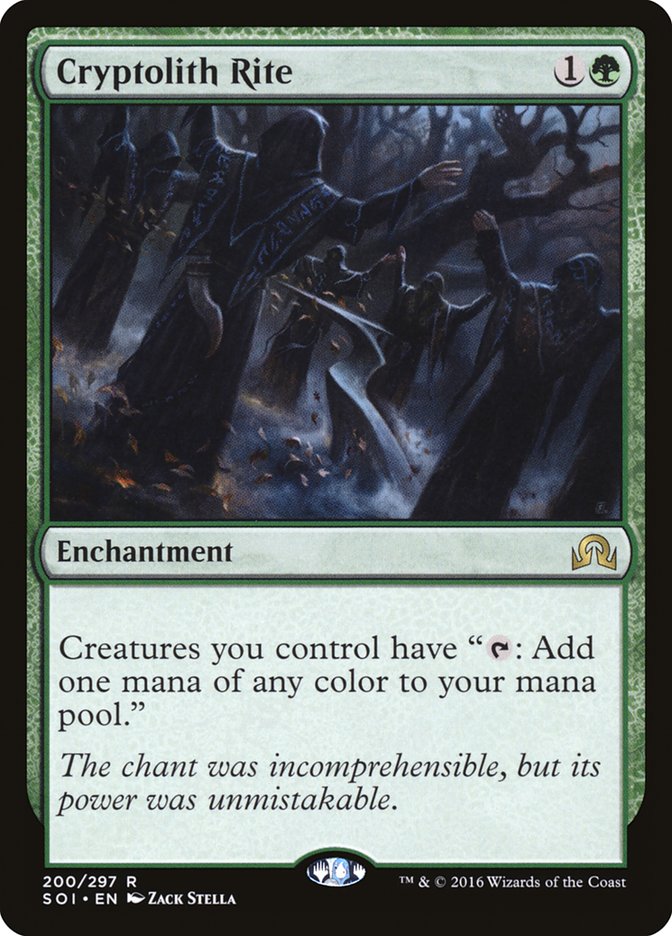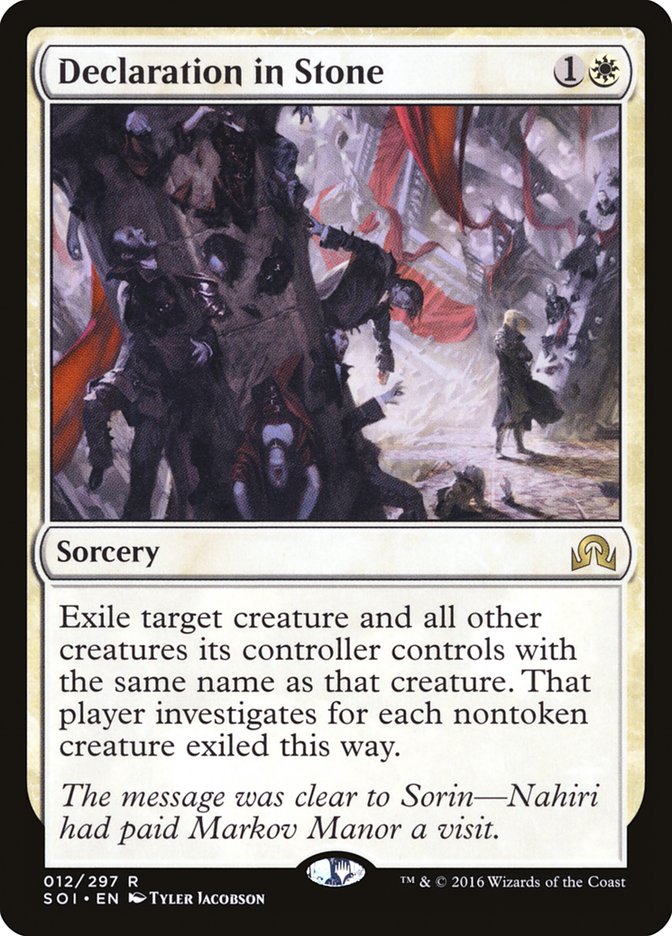It’s almost here: the first Standard Open featuring Shadows over Innistrad. Saturday morning in Baltimore can’t come soon enough. The Roanoke Crew has put in a lot of hours over the last two weeks preparing for #SCGBALT and the new Standard format, and it is shaping up to be pretty interesting. A lot of viable decks are running around our gauntlet, and many of them show promise.
It is hard to gauge just how good or bad a new deck is in a new format, because all of our testing is being done in a vacuum. What if we’re completely wrong about the metagame? What if we discounted aggressive decks, but they show up in droves? How are you supposed to build a control deck when you don’t know what you’re trying to beat?
All these questions are pretty hard to answer in the first week, but just playing with new cards and new decks will help you understand the thought processes that others will go through, and you can come to the same conclusions so that you aren’t too far behind when you walk through the doors on opening day.
All of us here in Roanoke have put in twenty or more hours of testing in the last two weeks, and we’ve posted as many ideas as we can fit on the pages. Some are bad, and I mean really bad, but that doesn’t mean each idea didn’t help us in some way. For every good thing you stumble across in Magic, there is a lot of trial and error. That’s what keeps us coming back. That’s what brings us together into the late hours of the night, sitting across from our friends or family, battling on the kitchen table or bedroom floor. And with each new set, that feeling of wonder returns.
I’m finally happy with a deck for the new Standard. Let’s get started, shall we?
Creatures (10)
Planeswalkers (2)
Lands (26)
Spells (22)
- 4 Fiery Temper
- 4 Lightning Axe
- 4 Tormenting Voice
- 1 Anticipate
- 1 Fiery Impulse
- 3 Pyromancer's Goggles
- 3 Magmatic Insight
- 2 Fall of the Titans
Sideboard

I’m not going to lie to you. This deck sucks against Ramp. I wanted to get that out of the way before we went any further, because I know that’s going to be a hot-button issue. You can try adding four or five cards to the sideboard to help in the matchup, but the bottom line is it won’t work. They’re doing a consistent, powerful thing that we have a lot of trouble interacting with. If World Breaker and Ulamog didn’t exile stuff when they were cast, it would be a different story altogether. Get some more counterspells in the mix, and you’re golden.
But that’s not the case. And I’m done trying to find a way around it.
Ramp, at its heart, is a strategy that is generally threat-light, but those threats hit hard and come out two or three turns before they’re really “supposed” to. We’re playing a deck that can’t win very quickly without jumping through hoops. We’re going to lose to Ramp, and I’m okay with that. If you’re okay with that too, then this might just be the deck for you. Now, let’s get to the good stuff.
The Most Bang for Your Buck
While it might not look like it on paper, these cheap threats are actually what make the deck so great. I’ve tried playing a different color from blue to help out against certain cards or decks that might give you trouble, but I always come back to Jace, Vryn’s Prodigy and Thing in the Ice. These two cards are such a small investment for valuable effects. If they end up dying, it isn’t that big of a deal. You can keep digging for more copies or find your bigger threats to end the game.
You don’t need me to explain why Jace is good, but it is worth mentioning that it isn’t as good as it once was. Without fetchlands in the format, it will be much more difficult to flip it into a planeswalker before your opponent kills it. Fortunately, the U/R Goggles deck has a lot of cheap spells that put multiple cards into the graveyard rather quickly, and you should be able to flip your Jace more quickly than most other strategies.
You have some added value in the deck for Jace, as the loot effect can be put to good use with either Fiery Temper to gain a little card advantage or with Drownyard Temple to actually accelerate you. Making sure you don’t flood out is also a priority, and having a way to constantly sculpt your draw makes the deck feel more fluid than it would be without blue in the deck.
From the other side of the tracks, we have Thing in the Ice. Acting as an early blocker, a finisher, and a way out of sticky situations, what’s not to love? As I’ve talked about before, having a card like Young Pyromancer or Thing in the Ice in your “spin the wheels” deck is important because it allows you to freely build toward something while you are digging through your deck.
Not everyone is going to fold to Thing in the Ice. In fact, the card is just a big dumb creature in a lot of matchups. It suffers the same fate as other big, dumb, cheap creatures, but it has a bit more style. We can’t think of Thing in the Ice the same way we think of other threats, because the effect is a powerful one that I don’t think we fully grasp just yet.
One card that I’ve loved since I saw it printed is Jori En, Ruin Diver. I haven’t been able to find a great home for it. I’ve brewed up various decks using it in both Standard and Modern, but I always fell a bit flat. The card draw wasn’t there to make it consistent, and you didn’t have much to do with excess lands you’d drawn. But Magmatic Insight and Tormenting Voice both solve this problem. The raw card advantage from Jori En can be leveraged into actual spells with these tools, and it isn’t all that difficult to trigger it every turn.
Jori En was that missing link that I talked about last week. It is another cheap creature that they have to deal with, lest it get out of control. Oath of Jace is fine and all, but it will only get you so far, and you need actual card advantage to make it good. Four copies of Drownyard Temple and a few madness spells aren’t enough.
On Drownyard Temple
Speaking of Drownyard Temple, did I mention that this card is friggin’ bananas? It didn’t take long to realize that I wanted to draw at least two copies every single game. Being able to play your Pyromancer’s Goggles or Chandra, Flamecaller a turn early in a control deck is a bit unfair. You have so much going on in this deck that you’ll always find a useful way to discard it. You can kill a creature with Lightning Axe, or draw some cards with Magmatic Insight or Tormenting Voice, or just throw it away with Jace. All the while, you’re saving up for a turn where you get a free Rampant Growth.
While the utility of Drownyard Temple is huge, there is a downside. You will occasionally have draws that feature Island and Drownyard Temple as your only lands, but that’s what mulligans are for. Losing resources in a deck like this is a bit awkward, but I’ve found that the range of keepable hands is very high. Magmatic Insight and Tormenting Voice give you a lot of reasons to keep certain hands while also being the backbone of the deck when you get a Pyromancer’s Goggles on the battlefield.
Googly Eyes
I bet people used to make fun of Chandra when she was younger. Before she set them on fire, of course.
On paper, it looks like a gimmicky card. I thought the same thing until I realized there was a great shell for it in Standard. All it took was a few games with the card before understanding just how absurd it could be. And with so many new cards in Shadows over Innistrad to fuel a strategy based around Magmatic Insight and Tormenting Voice, it didn’t take much for me to give it a shot. And boy did it impress.
I started with one copy. Then I drew it. The next game, I had two in my deck. Now it’s all I ever want to draw. I have dreams of peeling four cards off Magmatic Insight. Sugar Plum Fairies are dancing in my head as I cast Fall of the Titans with surge to deal my opponent approximately a thousand damage while killing two of their creatures. Even now, I’m taking periodic breaks while writing this article just to kill two Sylvan Advocates with a single Lightning Axe.
This is the thing dreams are made of.
Of course, there are some cards that can rain on your parade. Discard effects, when played at the right time, can be devastating. This has always been true for decks that rely on synergy between cards, but it can be magnified when your entire deck is built around a single card. While you can still win games without Pyromancer’s Goggles, they are much harder and usually require one of your early threats to stick around for a while.
Like most decks, if your opponent is able to pick you apart, your overall strategy will look pretty mediocre. This is one reason why most people tend to lean towards decks full of powerful cards. The feel-bad moments are too much for them to handle. Staring down a Gideon, Ally of Zendikar while you peel another Lightning Axe can be deflating. You have to get over that if you want to play a deck like this.
I could write an entire article about Pyromancer’s Goggles, but I would rather let you find out for yourself. A card is only as strong as the others surrounding it, and Goggles finally has all the pieces it needs to shine. It took a little while, but I think things are finally coming together.
Fever Dream
Have you ever lost to a clunker of a midrange deck that was hell-bent on destroying every creature you put onto the battlefield? I know I have plenty of times, and it feels pretty bad. That awkward moment when your opponent missed their sixth land drop and passed the turn with five cards in hand, and you look at your draw for the turn and see a creature that isn’t Elvish Visionary? Yeah, you might as well just put it directly into the graveyard.
I’ve played both with and against decks like that, and I can tell you that they really don’t like losing to creatures. So let’s turn the tables on them.
While Fevered Visions isn’t exactly pretty, it is a Howling Mine variant that does a certain job very well. Midrange decks are going to attack you on multiple fronts after sideboarding, which usually includes a flurry of discard effects. But they’re also slow and prone to drawing a lot of removal. A deck like U/R Goggles can leverage extra resources fluidly, and if you draw the right answers to their creatures, you can make sure you use more mana each turn than your opponent.
At a certain point, if you have enough copies of Fevered Visions in play, nothing they do actually matters. They’ll draw too many lands, and too many removal spells, to get enough cards out of their hand so that they don’t die to the triggered ability. And that’s the real kicker with Fevered Visions: it acts as an actual win condition, which isn’t true for other cards of its kind.
One cool part of Fevered Visions is that two copies will insta-kill most planeswalkers or force the opponent to use less-than-desirable abilities in order to keep them alive. You can usually find exactly what you need to finish the job in a few turns. The most important aspect of Fevered Visions is that it keeps your engine running. In a matchup where your creatures can’t get the job done because the opponent is literally removal-flooded, having an alternate route to victory is certainly sweet.
I haven’t quite figured out how I want to sideboard in these matchups, but I know I usually want to cut some of the creatures, if not all of them. Keeping the opponent guessing is important, and you should watch very carefully at how many cards they’re bringing in. If you see a gigantic switch in their deck after the second game, you can adjust accordingly.
Heavy Hitters in Baltimore
While this is the deck I’ve been the happiest with so far, there are still a lot of cards from Shadows over Innistrad that are going to make a big impact. Last week, I talked about a few cards you should try to include in your deck, even if they are boring or old news or great. This week, I’m going to focus on some new cards that have stood out in testing. If you want to win the tournament, you’ll likely have to get through some of the flashy new toys.
While it seems a bit clunky, it plays like a dream. If you can use those extra cards, the body is more than serviceable for actually winning the game. Alongside a slew of removal, discard, and a few other threats, it shouldn’t take much to close. There has also been a little buzz with The Gitrog Monster alongside Molten Vortex.
A player can dream…
At first, I didn’t get it. A 3/2 body for 2G isn’t a bad deal, but it just seems so….slow. And it is. But if you can weather the storm from an aggressive deck, Tireless Tracker should bury them. It just so happens that The Gitrog Monster and Tireless Tracker both seem to fit into the same deck. I would make sure to mix up your removal and discard spells a bit in the first week of the format. To the Slaughter and Ruinous Path should be solid, since people will lean a bit on planeswalkers.
Thraben Inspector has been one of the most surprising standout cards from Shadows over Innistrad so far. The problem is that you need a few ways to bolster the body so that you get some good use out of it. Otherwise, it isn’t all that exciting. But what it does do is fill out your curve so you always have something to do in the first four or so turns of the game. In some ways, it acts a lot like Elvish Visionary, but the fact that you can break up the cost over multiple turns is surprisingly great.
This trio is going to be the core of any Human-based deck in Standard. While you can’t do cool stuff with Always Watching and Secure the Wastes (a nombo, if you will), you will still be able to get your creatures through in tough battlefields with a pump effect or two. Thalia’s Lieutenant is one of my favorite cards in the set so far and makes for some very explosive draws from the aggressive white decks.
Yeah, you know it’s good. I know it’s good. You’re still going to have to beat it.
I guess the jig is up on this one. It didn’t take too many games to realize that this card is very good. The fact that it isn’t legendary bugs me a little bit from a design standpoint. If you don’t pay close attention to how your opponent is setting this card up, you might just be staring down the barrel of the successor to Griselbrand.
Many Cryptolith Rite decks will also focus on Westvale Abbey, since both incentivize you to play a ton of small, sticky creatures. These will be the least-tuned decks in the first week of Standard, but they are definitely powerful. Look for Ulvenwald Hydra to make an appearance in this deck as well.
I expect this to be one of the most-played removal spells, and especially so from any aggressive deck. Keeping your opponent on the back foot makes it so they don’t actually have all that much time to pop their Clue. If you can’t put a lot of pressure on the opponent, it ends up being a bit awkward, but the White Weenie-style decks will make good use of this removal spell.
…
Nothing else has really stood out to me as being particularly good or bad that isn’t obvious. Jace, Unraveler of Secrets has been underwhelming. Olivia, Mobilized for War and her Vampire squad have been lackluster. Arlinn Kord and Sorin, Grim Nemesis have been solid, but not overwhelmingly good.
I know that’s a lot of information to process all at once, but hopefully you’ve been keeping up with all the content we’ve been putting out over the last week or two, and this shouldn’t be too much of a surprise.
Shadows over Innistrad has a lot to offer. I am afraid to call it a resounding success just yet, but everything about the set has been a home run so far. I’m looking forward to playing one of the coolest decks I’ve ever touched and can’t wait to see if it is as good as I think it is. Or I might just play against a bunch of Ramp decks and go home early.
Either way, it should be fun.



